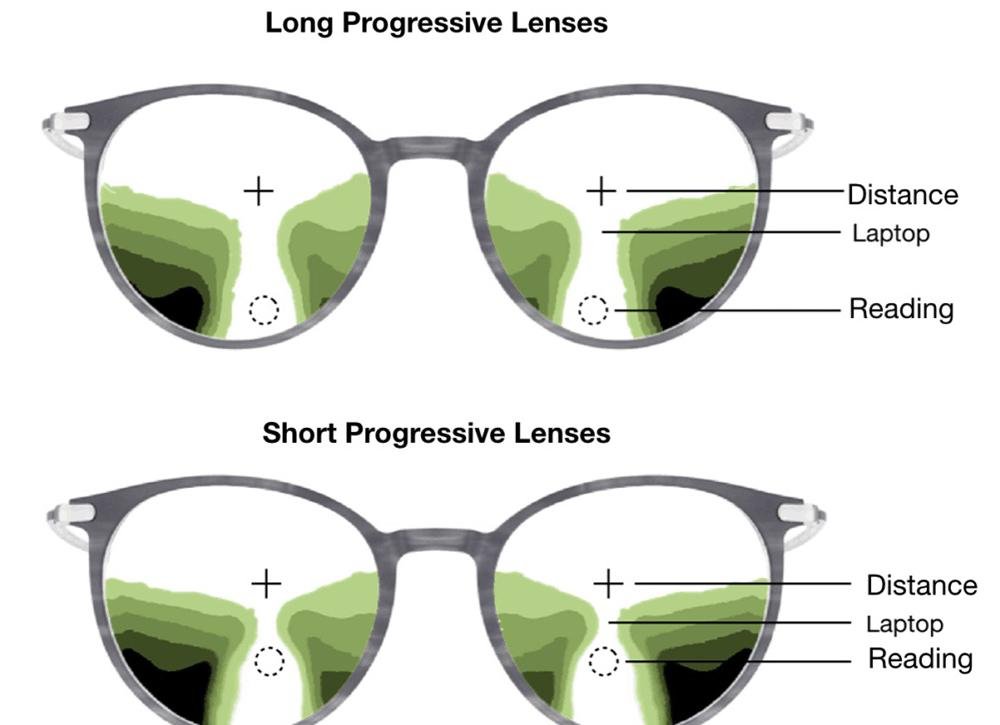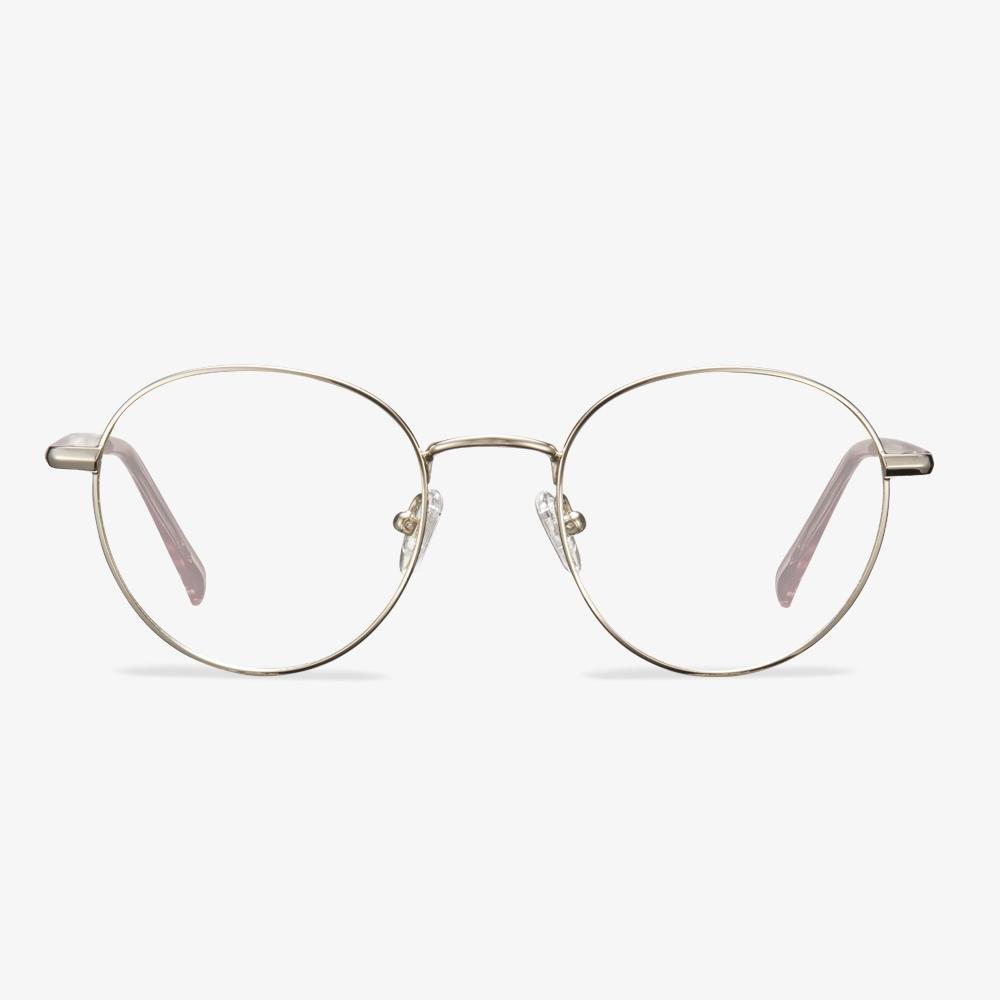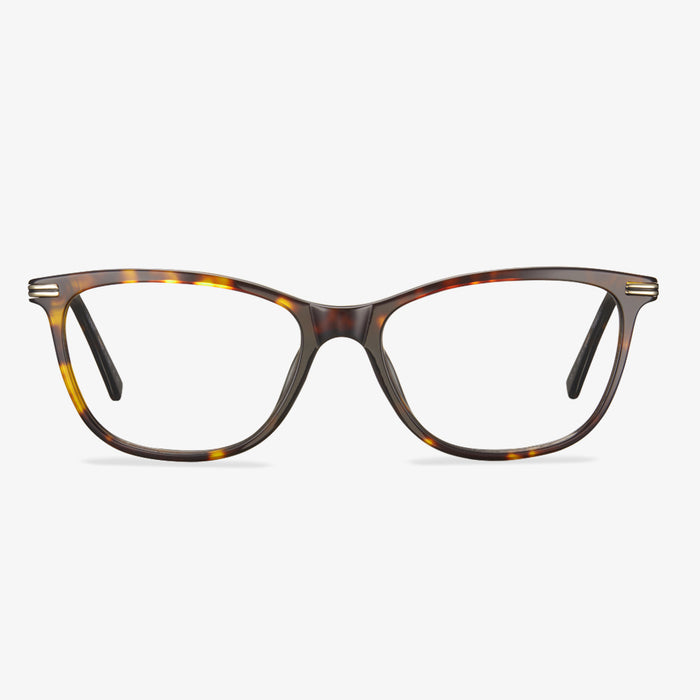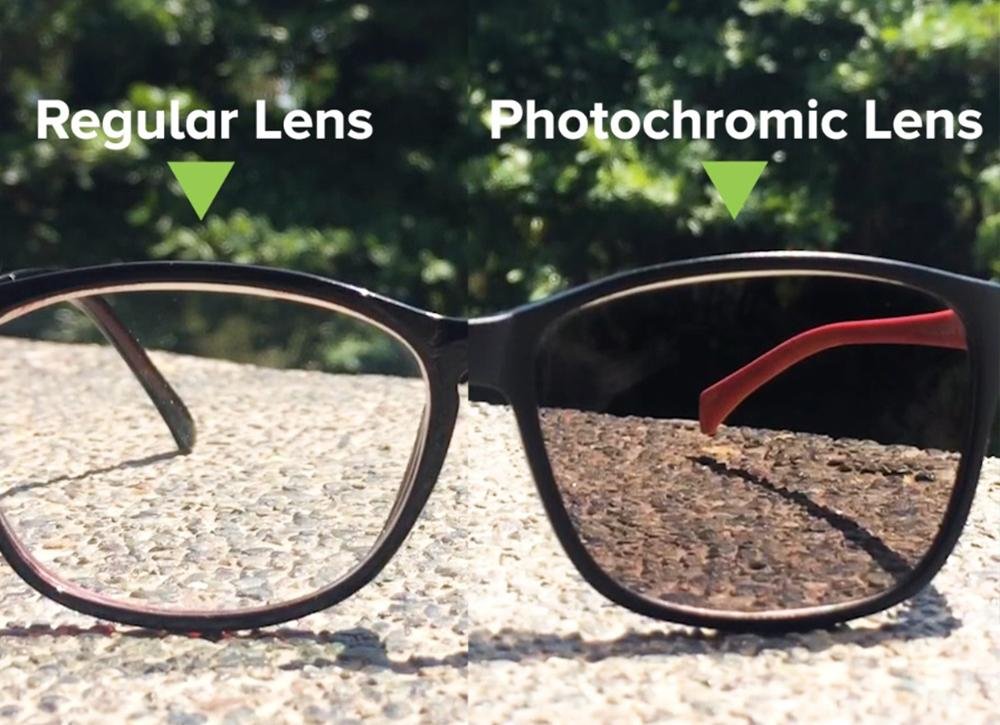The birth of progressive lenses
In 1907, British optometrist Owen Aves first proposed the concept of progressive lenses and got the first patent of progressive lenses. In 1910, Henry Orford Gowlland designed and made a similar lens in Canada, but technical limitations prevented it from succeeding. In 1959, Bernard Maitenaz, a French optical and mechanical engineer, developed the first progressive lens, which was successfully put into the commercial market for the first time and became a milestone in the history of world optometry. With the development of science and technology, the design of progressive lenses has been greatly developed.
The design evolution of progressive lenses
Spherical and aspheric designs
The design of the front surface of the far-use area of the early progressive lens is similar to that of the ordinary spherical single vision lenses, so it is called a spherical progressive lens. Since 1974, the front surface of the far-use region of the lens is designed to be aspheric by designers, which not only reduces the peripheral aberration but makes the lens thinner, lighter, and less powerful.
Hard and soft design
For hard design, the channel is short, and the gradient is large. The near-use area position is high. The effective visual area of remote and near-use areas was larger. Peripheral astigmatism is relatively concentrated. Because surrounding astigmatism increases rapidly and the distribution is dense, the curve effect is more obvious. The gradient area is narrow. It is more difficult and takes longer for wearers to adapt.
Lenses with soft designs have slower gradients, longer gradients, and wider gradients. The angle of rotation of the eye from the far area to the near area is greater. It's easier to get used to. Compared with the hard design, the effective visual area of the far and near use areas is smaller, and the location of the near use area is lower.
Single, diverse, and individualized design
Initially, the progressive lenses used a single design, in which each basic curve was scaled equally and a luminosity combination was added within the range of its semi-finished lens blanks. The steepest base curve uses the same lens design as the flattest base curve. Lenses designers quickly realized that the overall performance of the lens could be improved by microcustomizing the lens design, leading to progressive lenses with multiple designs. This kind of design is called diverse design. By the mid-1990s, there was the emergence of "individualized" lens designs. In addition to using different gradients, these first "individualized" lens designs used steeper baseline curves with a slightly larger approach area to compensate for increased magnification and reduced field of view.
Symmetrical and asymmetric design
There is no difference between the left and right eyes in the symmetrical design of progressive lenses. As the eyes turn inward when they see near objects, the gradual gradient area gradually tilts to the nasal side from top to bottom, so the left/right progressive lenses should be rotated clockwise/counterclockwise respectively during processing. An asymptotic lens with left and right eye divisions is called an asymmetric design. The gradient is gradually and moderately inclined to the nasal side from top to bottom. The refractive force, astigmatism, and vertical prism of the two sides of the left and right gradient of the asymmetric design lenses are basically similar. At the same time, considering the characteristics of eye movement parameters in binocular vision, the peripheral aberrations of the corresponding positions of the left and right lenses were appropriately balanced to improve the visual effect of the wearer.
Production technology of progressive lenses
In addition to the evolution in design, the production technology of progressive lenses is also constantly improving: the most representative one is the free-form technology. The emergence of free-form surface technology makes the production more flexible and rapid and can realize a more personalized design. For now, progressive lens design is done on the inside surface of the lens by a computer-controlled lathe, as if a master engraver could carve a piece of stone into a work of art.








































